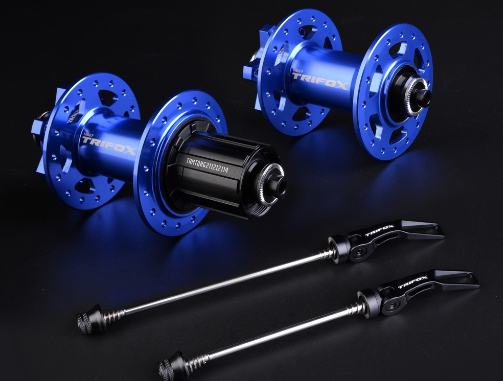Upgrading from traditional V-brakes to disc brakes is a common question among cyclists seeking better stopping power and control. The answer? Yes, but it depends on your bike’s compatibility and budget. Let’s break down the process, costs, and whether it’s worth the effort.
Key Considerations
1. Frame & Fork Compatibility: Disc brakes require mounts (IS or Post Mount) on your frame and fork. If your bike lacks these, conversion isn’t feasible without costly adapters or replacements.
2. Wheel Compatibility: Disc brakes need hubs with rotor mounts. Your current wheels may not support this, necessitating a new wheelset.
3. Brake Levers: V-brakes use long-pull levers, while mechanical disc brakes (cable-actuated) are compatible. Hydraulic discs require dedicated levers, often meaning a new groupset.
4. Cost: Expect to spend 200
200–500+ for quality disc brakes, rotors, wheels, and labor if DIY isn’t an option.
Steps to Convert
1. Check Compatibility: Inspect your frame, fork, and wheels for disc mounts. No mounts? Consider a new fork/wheelset or stick with V-brakes.
2. Choose Brake Type:
Mechanical Discs: Affordable, easier to install, and compatible with existing levers.
Hydraulic Discs: Superior performance but require new levers and bleeding tools.
3. Upgrade Wheels: Invest in disc-ready hubs. Trifox’s lightweight carbon wheels, for example, offer durability and compatibility for smooth upgrades.
4. Install Brakes & Rotors: Attach calipers, secure rotors, and adjust pad alignment. Test thoroughly before hitting trails!
When Is It Worth It?
- Performance Needs: Disc brakes excel in wet/muddy conditions and on steep descents. If your rides demand reliability, upgrade.
- Future-Proofing: Converting lets you use modern components if you plan to keep the bike long-term.
- Frame Quality: High-end frames justify the cost; cheaper bikes may not.
Alternatives
- Hybrid Systems: Semi-hydraulic (e.g., TRP HY/RD) combines cable levers with hydraulic calipers for a middle-ground solution.
- Optimize V-Brakes: High-quality pads (e.g., Kool-Stop) and compressionless housing can improve existing V-brake performance.
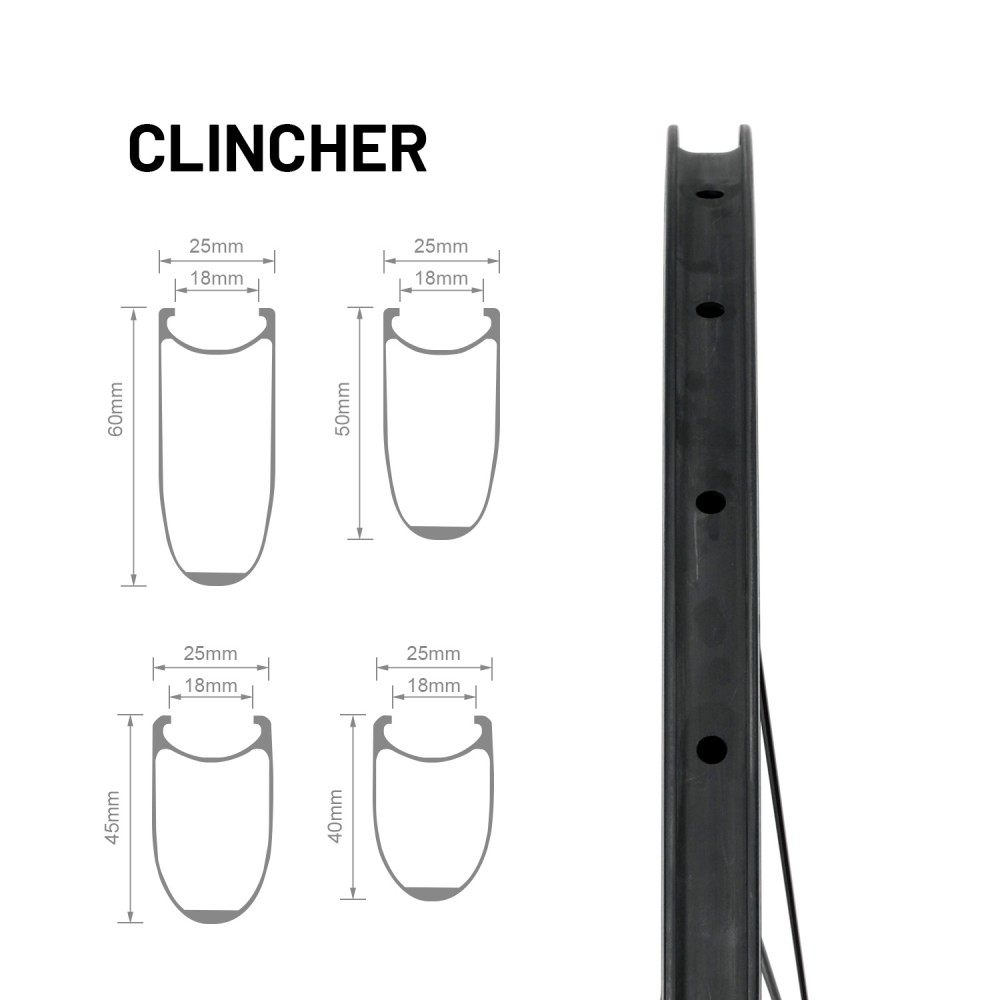
Swapping V-brakes to discs is possible but not always practical. If your frame supports it and you crave all-weather reliability, the upgrade is transformative. For casual riders or incompatible bikes, stick with tuned V-brakes or consider a new disc-equipped bike. Either way, prioritize safety and compatibility—because confident braking is the foundation of every great ride.
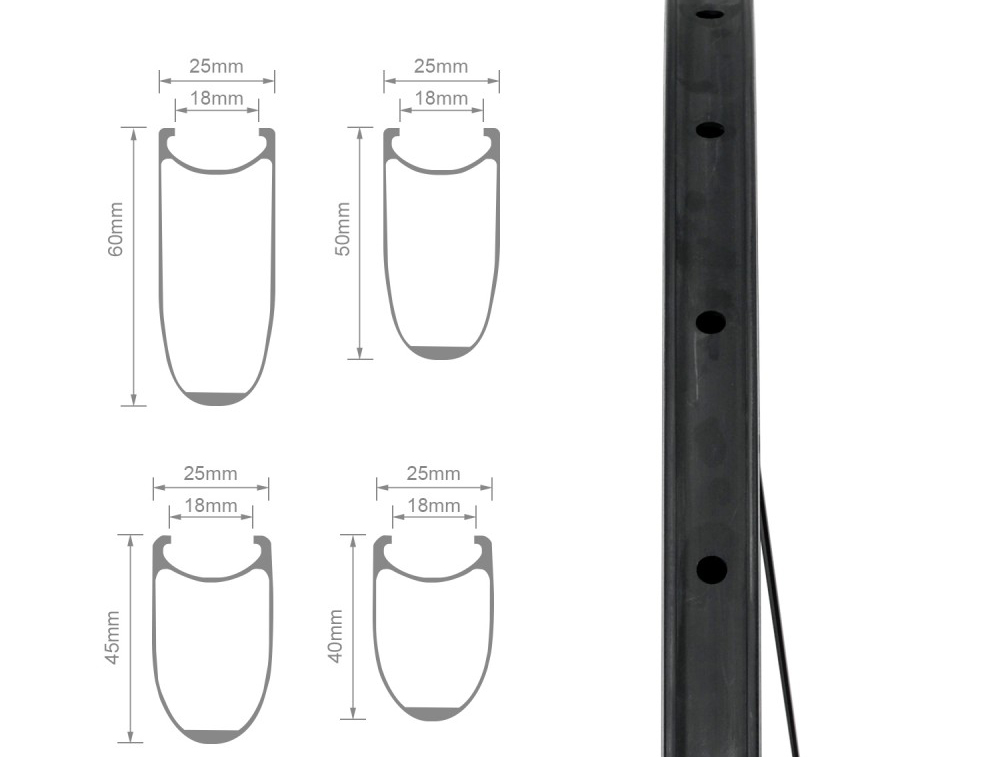
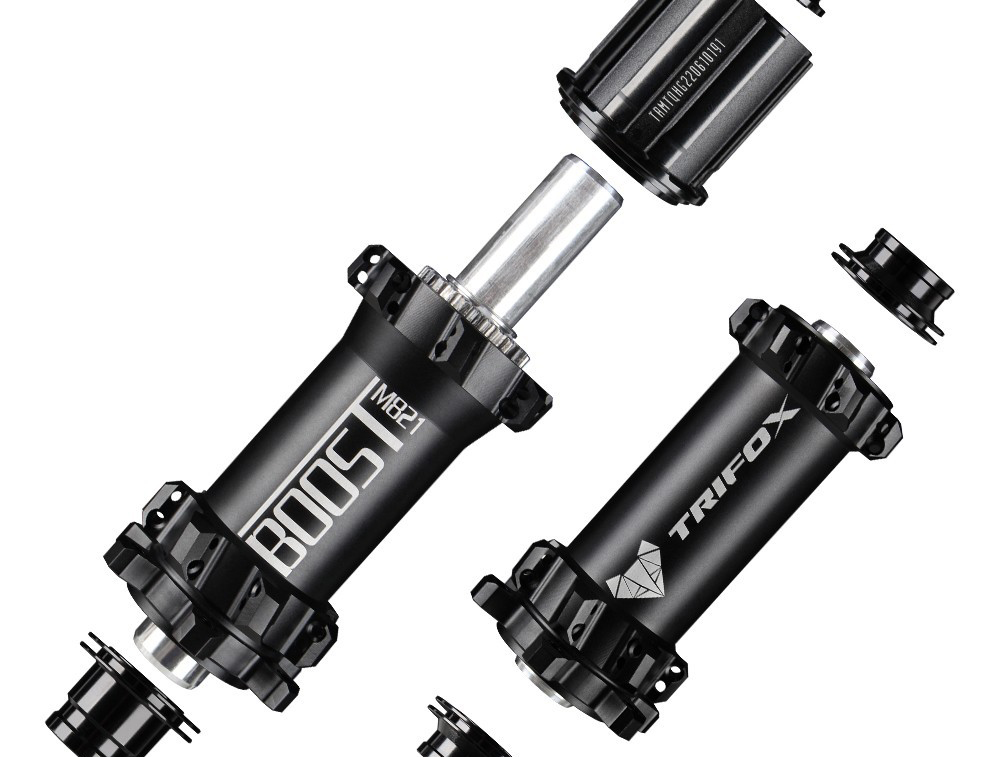
If you're eyeing a wheelset or frame upgrade, you’ve likely heard about “Boost” hubs. But is this wider hub standard (110x15mm front, 148x12mm rear) worth the investment?
What is Hub Boost?
Boost spacing increases hub width, allowing for stiffer wheels and better tire clearance. Developed for mountain biking, it enhances control on technical terrain by improving spoke bracing angles and reducing flex.
Benefits of Boost Hubs
Stiffer Wheels: Better power transfer and handling, especially during aggressive cornering or descents.
Wider Tires: Accommodates modern, plus-sized tires (2.6”+), improving traction and comfort.
Future-Proofing: Most new MTB frames and forks prioritize Boost compatibility.
When Do You Need It?
Aggressive Trail/Enduro Riding: If you’re tackling rocky descents or high-speed singletrack, Boost’s stiffness is a game-changer.
Upgrading Your Frame/Fork: Newer models often require Boost hubs. Check compatibility before purchasing.
Running Wide Tires: Boost spacing prevents chainstay rub on larger tires.
Considerations
Cost: Upgrading may require new hubs, wheels, or even a frame. The Trifox M821 offers a durable, lightweight option at a competitive price.
Compatibility: Non-Boost frames won’t fit Boost hubs without adapters (which add weight and complexity).
Riding Style: Casual riders on smooth trails may not notice a difference.
If you're into technical riding or planning a frame upgrade, Boost hubs are worth it. The stiffness and tire clearance benefits shine on rough terrain. For others, it’s a “nice-to-have” but not essential.
Ready to boost your ride? Explore the Trifox M821 Boost Hub—engineered for durability and performance without breaking the bank.
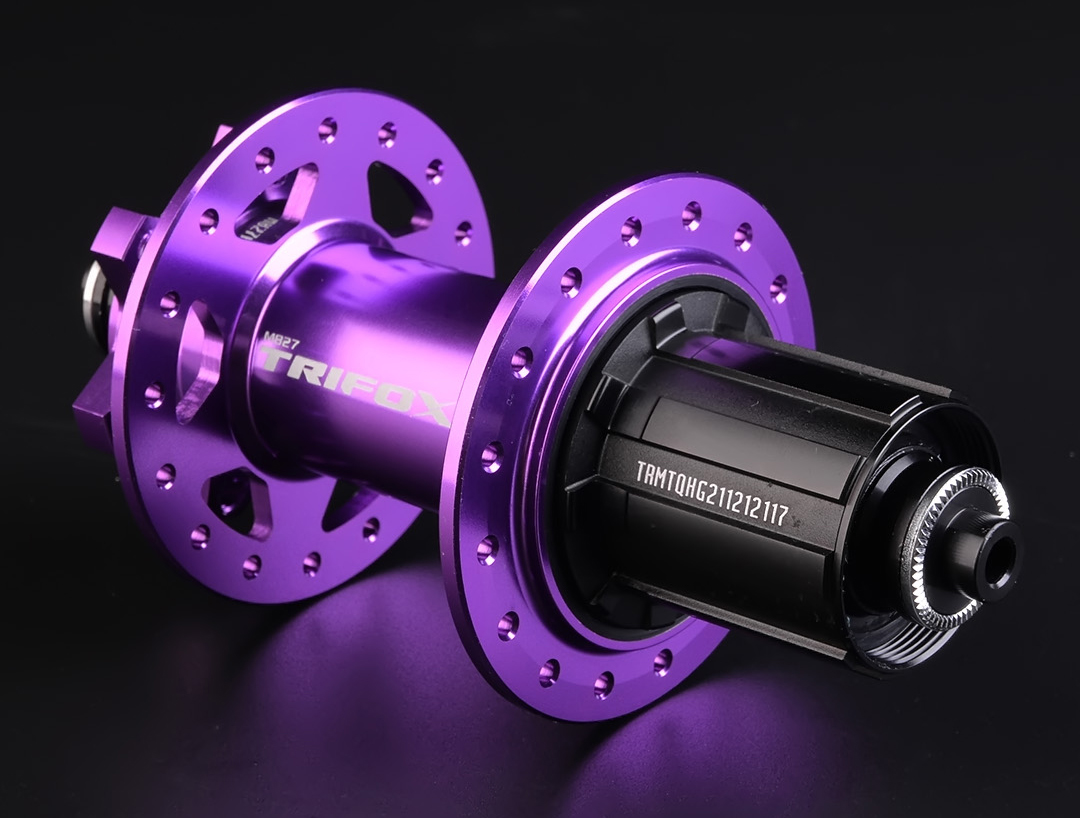
A smooth-rolling hub is critical for peak mountain bike performance. A faulty hub can lead to poor efficiency, safety risks, or even wheel failure. Here’s how to diagnose a bad MTB hub and when to consider a replacement like the Trifox M827.
Signs of a Failing Hub
1. Unusual Noises: Grinding, clicking, or rumbling sounds while pedaling or coasting often indicate damaged bearings or debris inside the hub.
2. Wheel Play: Grasp the wheel and wiggle it side-to-side. If there’s noticeable movement, the hub bearings may be loose or worn.
3. Rough Spinning: Remove the wheel and spin the axle. A healthy hub rotates smoothly. Resistance or gritty sensations suggest dirt ingress, dried grease, or bearing wear.
4. Visible Damage: Check for cracks, dents, or corrosion on the hub shell. Seals that are cracked or missing can allow contaminants to wreck bearings.
How to Diagnose
Step 1: Lift the bike and spin the wheel. Listen for noise and observe wobble.
Step 2: Check for lateral play by shaking the wheel.
Step 3: Remove the axle (if possible) to inspect bearings and races for pitting or rust.
Solutions
-Service the Hub: Clean, regrease, and adjust bearings. Replace individual parts if only certain components are damaged.
-Replace the Hub: If the hub shell is cracked or bearings are beyond repair, upgrade to a reliable model like the Trifox M827.
Why the Trifox M827?
This MTB hub is built for durability and precision:
- Sealed Bearings: Resists mud and water ingress.
- Smooth Engagement: 3-pawl design offers instant power transfer.
- Lightweight: CNC-machined alloy body reduces rotational weight.
- Boost Compatibility: Fits modern 148x12mm frames for trail-ready stiffness.
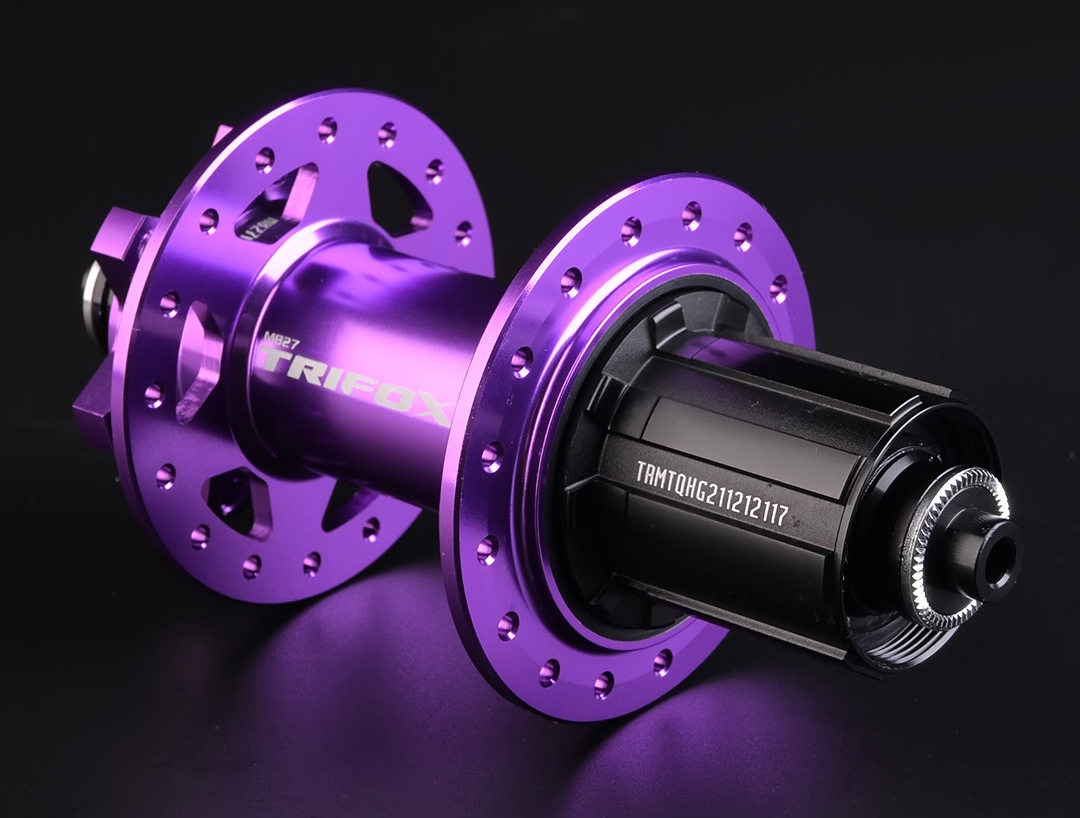
Ignoring hub issues risks ride quality and safety. Regular maintenance extends lifespan, but when replacements are due, the Trifox M827 delivers performance without breaking the bank. Don’t let a bad hub derail your ride—proactive checks keep your wheels rolling strong.
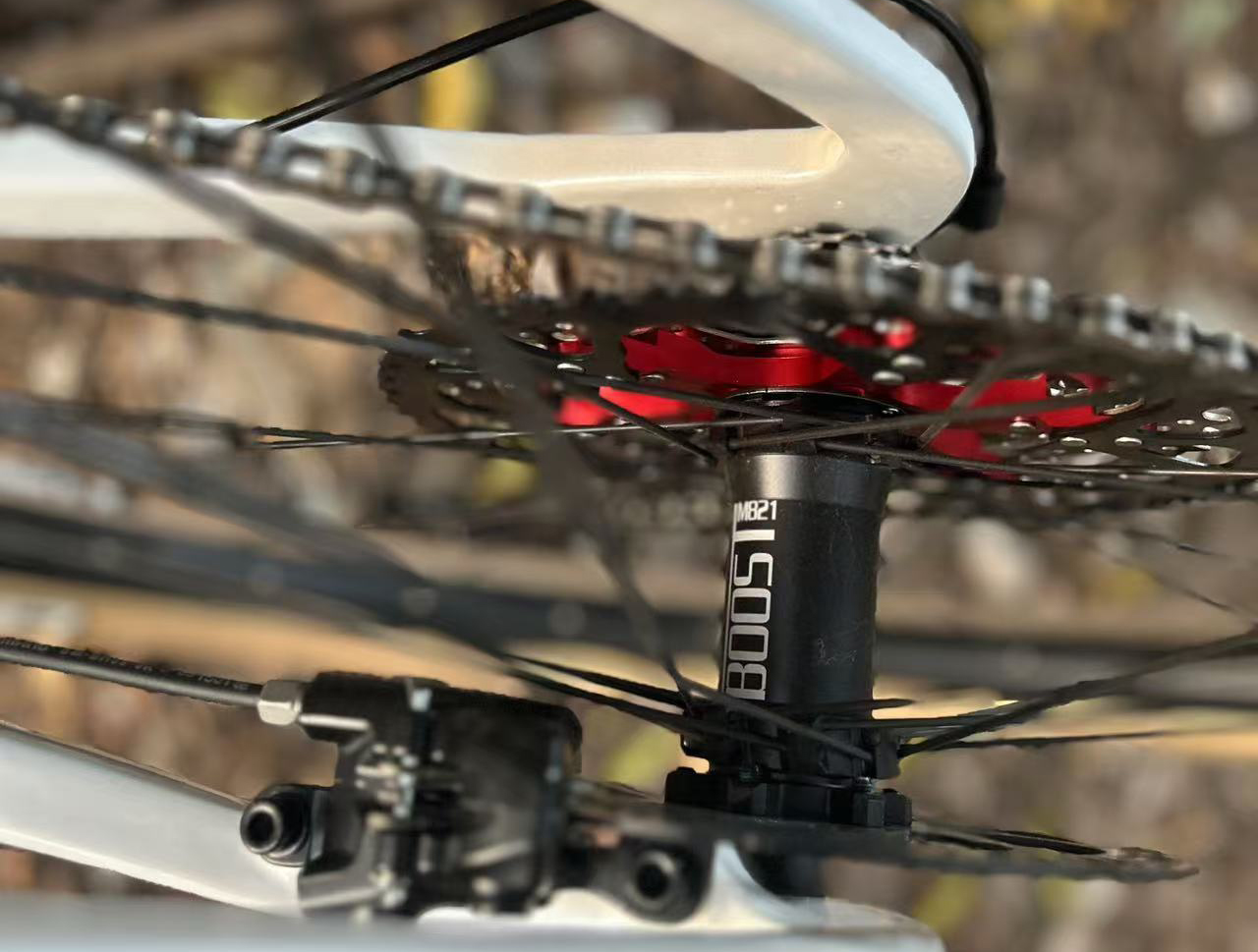
The Basics of a Bike Hub
A hub is the core part of a bicycle wheel, located at the center where the spokes connect. It houses the axle, bearings, and other mechanisms that allow the wheel to rotate freely. Hubs come in various types, including front hubs, rear hubs, and those designed for specific disciplines like road biking, mountain biking, or commuting.
Key Components of a Hub
1. Axle: The axle is the rod that runs through the hub, connecting it to the bike's frame or fork. It can be quick-release, thru-axle, or bolt-on, depending on the bike’s design.
2. Bearings: Bearings reduce friction between the hub and axle, enabling smooth rotation. They can be either loose ball bearings or sealed cartridge bearings.
3. Hub Shell: The outer shell is the part of the hub where the spokes attach. It’s typically made from lightweight materials like aluminum or carbon fiber.
4. Freehub or Freewheel: Found on the rear hub, this mechanism allows the wheel to spin independently of the pedals when coasting. Modern bikes usually feature a freehub, which integrates with the cassette.
Types of Hubs
- Front Hub: Simpler in design, the front hub connects to the fork and focuses on smooth rotation.
- Rear Hub: More complex, the rear hub includes the freehub or freewheel and is responsible for transferring power from the pedals to the wheel.
- Disc Brake Hub: Designed for bikes with disc brakes, these hubs have mounts for brake rotors.
- Internal Gear Hub: Found on some commuter bikes, these hubs contain gears inside the hub shell, offering a low-maintenance alternative to derailleurs.
Why Hubs Matter
A well-functioning hub is essential for a smooth, efficient ride. High-quality hubs reduce friction, improve power transfer, and enhance durability. They also play a role in wheel stiffness and overall bike performance. Whether you’re climbing hills, sprinting on flat roads, or navigating rough trails, a reliable hub ensures your wheels spin effortlessly.
Maintenance Tips
To keep your hubs in top condition, regularly check for play or grinding noises, which may indicate worn-out bearings. Clean and lubricate the hubs periodically, and consider professional servicing if you’re unsure about maintenance.
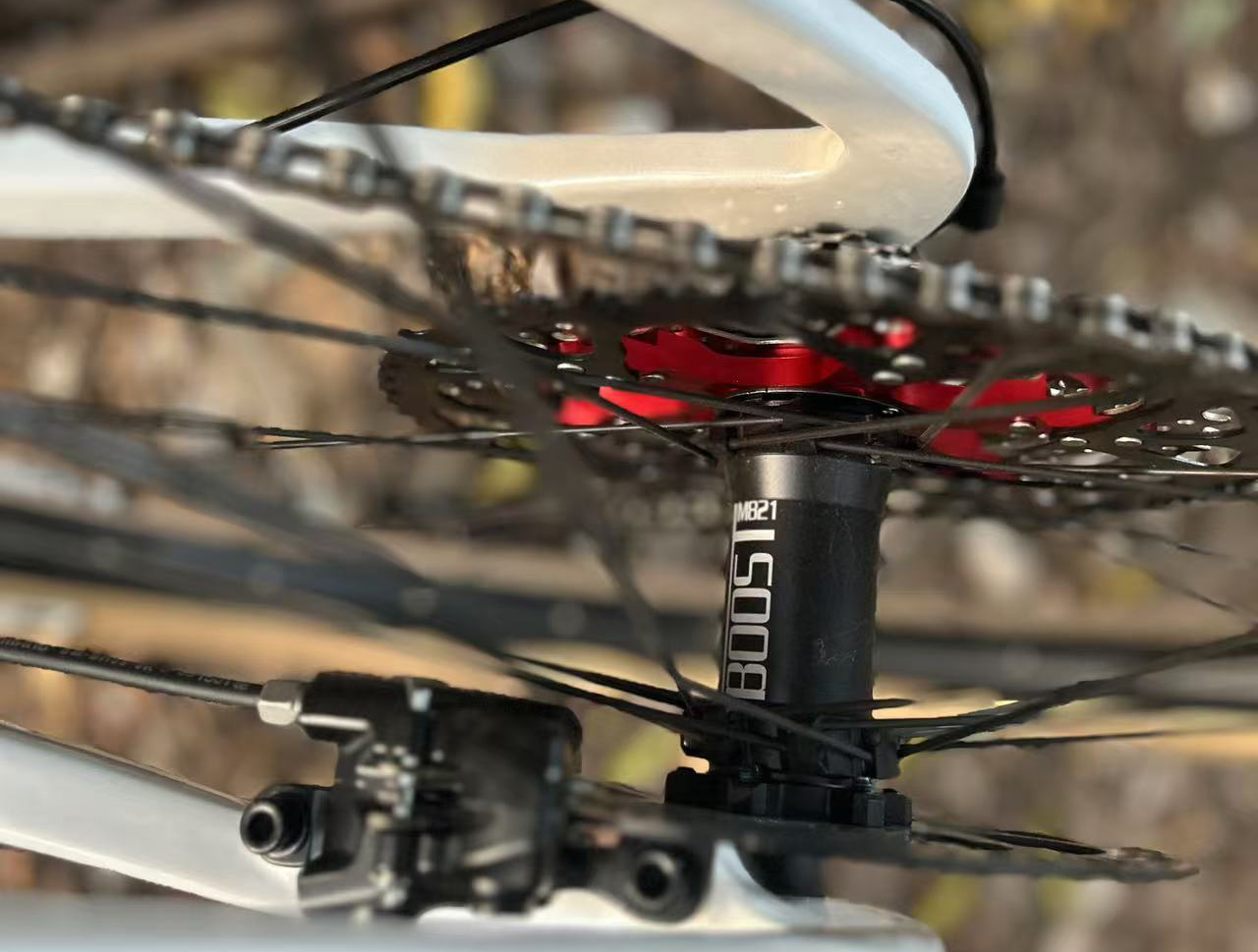
The hub is a small but vital part of your bike, ensuring smooth rotation and efficient power transfer. Understanding its role and keeping it well-maintained can significantly enhance your riding experience. Whether you’re a casual rider or a seasoned cyclist, a reliable hub is key to keeping your wheels—and your adventures—rolling smoothly.

If you're a cycling enthusiast, you’ve probably heard the term "freehub" thrown around, but what exactly is it, and why does it matter for your ride? The freehub is a critical component of your bike’s rear wheel, responsible for allowing the wheel to spin freely when you stop pedaling while still engaging the drivetrain when you pedal forward. Understanding how it works and its impact on your ride can help you make informed decisions about maintenance and upgrades.
What Is a Freehub?
The freehub is the mechanism located at the center of your bike’s rear wheel hub. It consists of a splined body that holds the cassette (the cluster of gears) and an internal ratcheting system that allows the wheel to spin independently of the pedals when coasting. When you pedal, the ratchet engages, transferring power from the chain to the wheel and propelling you forward.
How Does It Work?
Inside the freehub, a set of pawls (small spring-loaded teeth) interact with a ratchet ring. When you pedal, the pawls lock into the ratchet ring, driving the wheel. When you stop pedaling, the pawls disengage, allowing the wheel to spin freely without moving the pedals. This seamless transition is what makes modern cycling so efficient and enjoyable.
Impact on Your Ride
1. Smooth Coasting: A well-functioning freehub ensures smooth coasting, allowing you to rest without losing momentum.
2. Power Transfer: High-quality freehubs with precise engagement points improve power transfer, making your pedaling more efficient.
3. Durability: The materials and design of the freehub affect its longevity. Premium models, like those from Trifox Bike, are built to withstand heavy use and harsh conditions.
4. Maintenance: Regular cleaning and lubrication of the freehub are essential to prevent wear and ensure consistent performance.
Choosing the Right Freehub
When selecting a freehub, consider compatibility with your drivetrain, the number of pawls (more pawls mean faster engagement), and the material (steel or titanium for durability). Upgrading to a high-performance freehub, like those offered by Trifox Bike, can significantly enhance your riding experience.
In conclusion, the freehub is a small but mighty component that plays a crucial role in your bike’s performance. By understanding its function and maintaining it properly, you can enjoy smoother, more efficient rides for years to come.
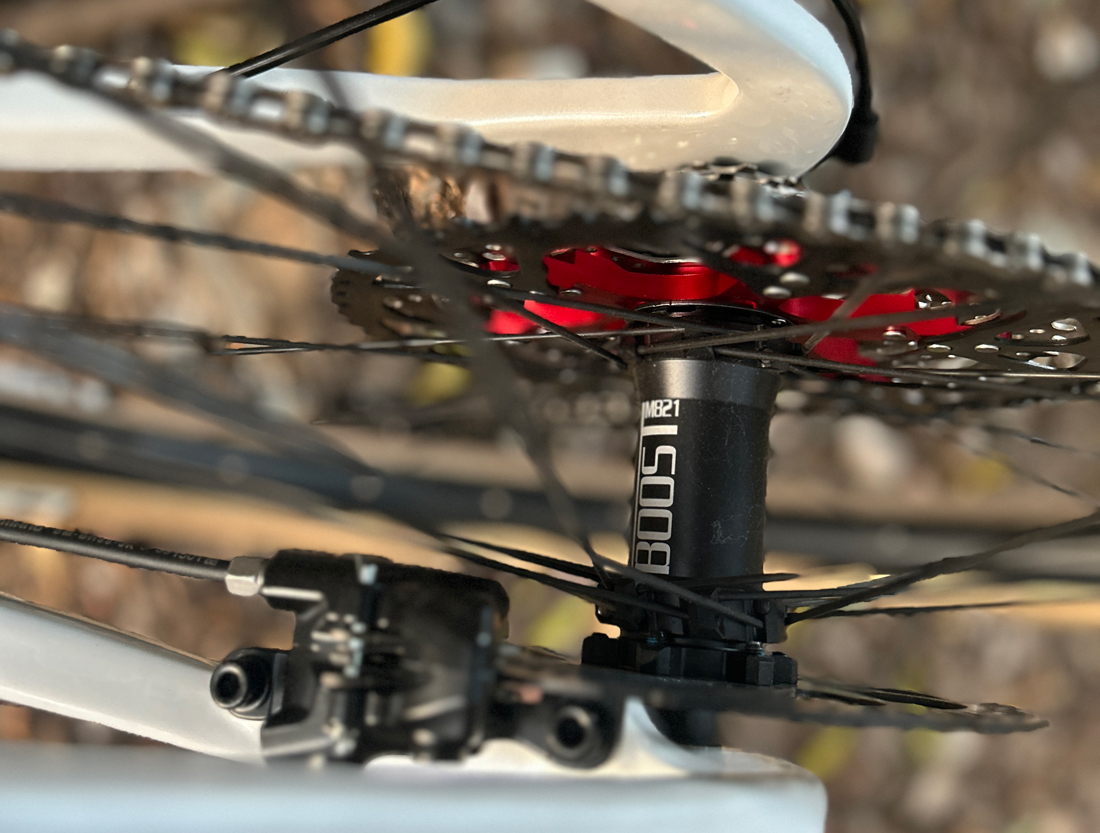
When it comes to enhancing your biking experience, every component of your bicycle plays a crucial role, and one of the unsung heroes of bike performance is the hub. Positioned at the center of your wheels, hubs are pivotal in determining how smooth, fast, and stable your ride will be.
The Role of Bicycle Hubs
Hubs serve as the attachment point for your bike's wheels to the frame, facilitating the wheel's rotation around the axle. The design and quality of a hub can significantly influence your bike's performance, affecting speed, stability, and comfort. A well-designed hub ensures minimal friction, allowing for efficient transfer of energy from your legs to the wheels, propelling you forward with ease.
Materials and Durability
One of the key aspects of a hub's design is the material used in its construction. Trifox Bike offers hubs made from durable aluminum, known for its lightweight and resilient properties. This ensures that the hubs can withstand the rigors of regular use while contributing to a lighter overall bike weight, which is advantageous for speed and maneuverability.
Types of Hubs
At Trifox, you can find a variety of hub designs tailored to different biking needs. For instance, the M821 Boost and M827 are standout models that cater to diverse requirements. The M821 Boost hub, with its wider stance, provides increased stability and is ideal for mountain biking where rugged terrain demands extra support. On the other hand, the M827 is designed for road bikes, focusing on delivering speed and smoothness on paved surfaces.
Impact on Speed and Stability
The design of a hub can directly impact your bike's speed. Hubs like the M827, designed for road use, are optimized for reduced friction and efficient energy transfer, allowing cyclists to maintain higher speeds with less effort. Conversely, hubs made for off-road use, like the M821 Boost, prioritize stability to handle uneven terrains effectively.
Stability is equally critical, especially when navigating tricky paths or making sharp turns. A hub with a wider design, such as the Boost, offers enhanced lateral stability, reducing the risk of wobbling or losing control, thus providing a safer ride.
Comfort and Compatibility
Comfort during rides is often a byproduct of the right hub design. A smooth, frictionless ride reduces the strain on the cyclist, allowing for longer and more enjoyable rides. Trifox Bike's hubs are compatible with most standard bicycles, making them an easy upgrade for cyclists looking to enhance their ride without having to invest in a new bike.
Choosing the Right Hub
Selecting the appropriate hub is crucial for tailoring the biking experience to your specific needs. Whether you're an avid mountain biker requiring maximum stability or a road cyclist seeking speed, the right hub can transform your ride. Trifox Bike offers a range of options, ensuring that every cyclist can find a hub that fits their style and enhances their biking experience.

In summary, while often overlooked, the hub is a critical component that can dramatically affect your ride. By understanding the various designs and materials, such as those offered by Trifox Bike, cyclists can make informed choices to improve their bike's performance and enjoy their rides to the fullest.
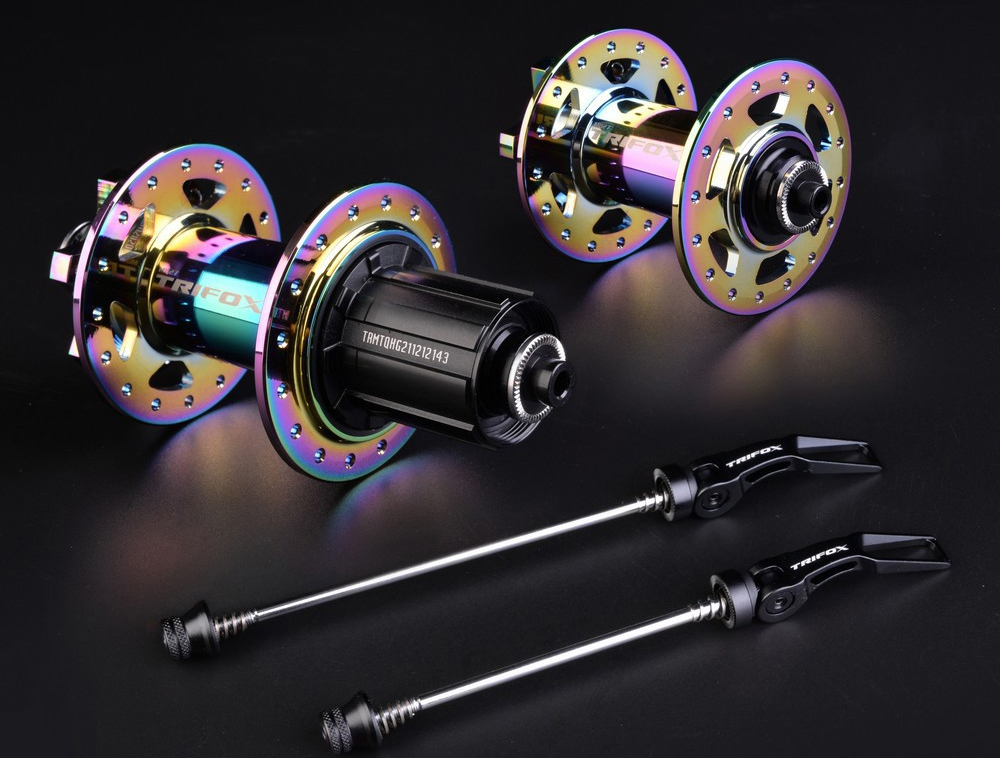
The world of mountain biking is constantly evolving, with innovations designed to improve performance, efficiency, and rider satisfaction. Among these innovations, the MTB hub quick release stands out as a crucial component that can significantly transform your biking experience.
The Trifox M827 is crafted to meet the demands of modern mountain biking. It combines a quick release mechanism with compatibility for both Shimano and SRAM drivetrains, accommodating 8 to 12-speed setups. This versatility ensures that the hub can be seamlessly integrated into a wide range of bike rigs, allowing riders to customize their bikes to their specific needs and preferences.
One of the standout features of the M827 hub is its quick release system. This mechanism allows for rapid wheel changes without the need for tools, making it incredibly convenient for riders who need to maintain or transport their bikes frequently. Whether you're fixing a flat on a trail or adjusting your setup for different terrains, the quick release function saves valuable time and effort, allowing you to focus more on your ride.
The hub's construction also deserves attention. Made from a combination of AL6061 and 7075 materials, the M827 is both lightweight and durable. The front hub weighs in at just 165 grams, while the rear hub is 314 grams, making it a perfect choice for riders seeking to reduce overall bike weight without compromising durability. This robust build ensures that the hub can withstand the rigors of off-road biking, providing a reliable performance even in challenging conditions.
Performance is further enhanced by the M827's design, which includes 2 front and 4 rear bearings, along with 6 pawls and 72 clicks. This setup offers a smooth and responsive ride, with precise engagement that can handle the demands of technical trails and steep climbs. Riders can enjoy the confidence and control needed to tackle any terrain, knowing that their hub will perform consistently under pressure.
Customer reviews of the Trifox M827 highlight its quality and impact on the biking experience. Users like Rutherford praise the hub for its lightweight design and excellent finish, noting the fast delivery and high-quality packaging. Dios appreciates the impeccable quality and satisfying noise of the hub, which adds to the overall riding experience. With a perfect 5-star rating from all reviews, it's clear that the M827 has garnered a strong reputation among mountain bikers.
The impact of an MTB hub quick release goes beyond just mechanical improvement. It enhances the convenience and efficiency of your biking routine, allowing for quick adjustments and maintenance. This efficiency can lead to longer rides and fewer interruptions, ultimately contributing to a more satisfying biking experience.
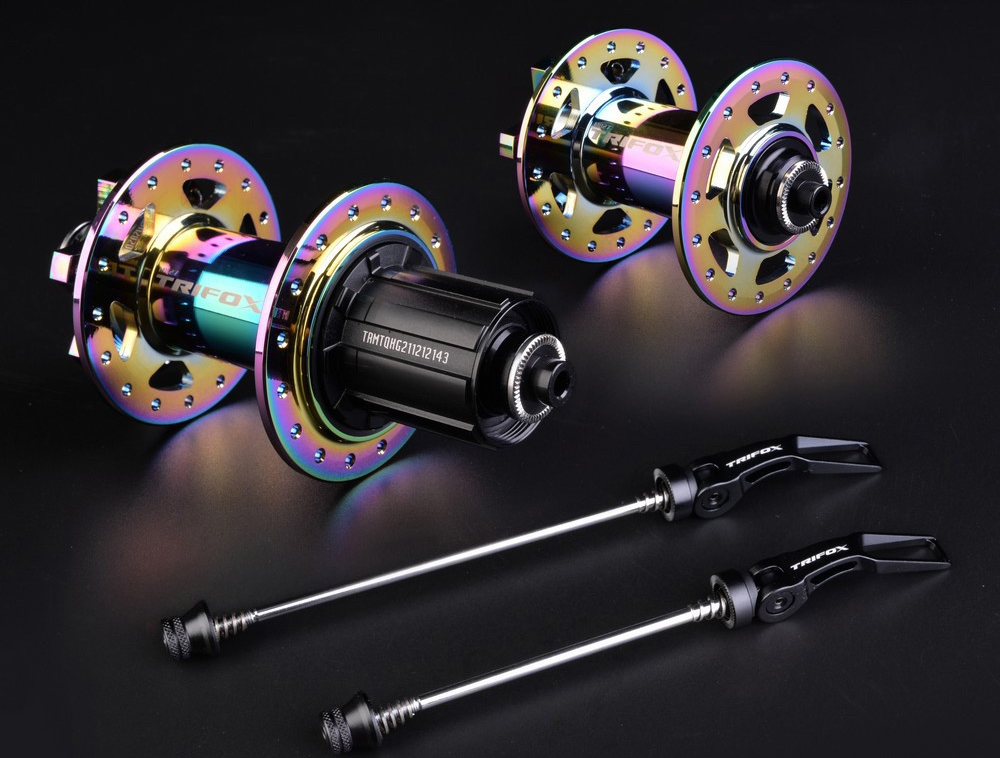
In conclusion, the Trifox Bike Hub M827 is a testament to how a well-designed MTB hub quick release can transform your mountain biking adventures. Its combination of lightweight construction, compatibility with leading drivetrain brands, and convenient quick release mechanism make it an essential upgrade for any avid mountain biker. Whether you're a seasoned rider or just starting out, this hub promises to elevate your performance and enjoyment on the trails.
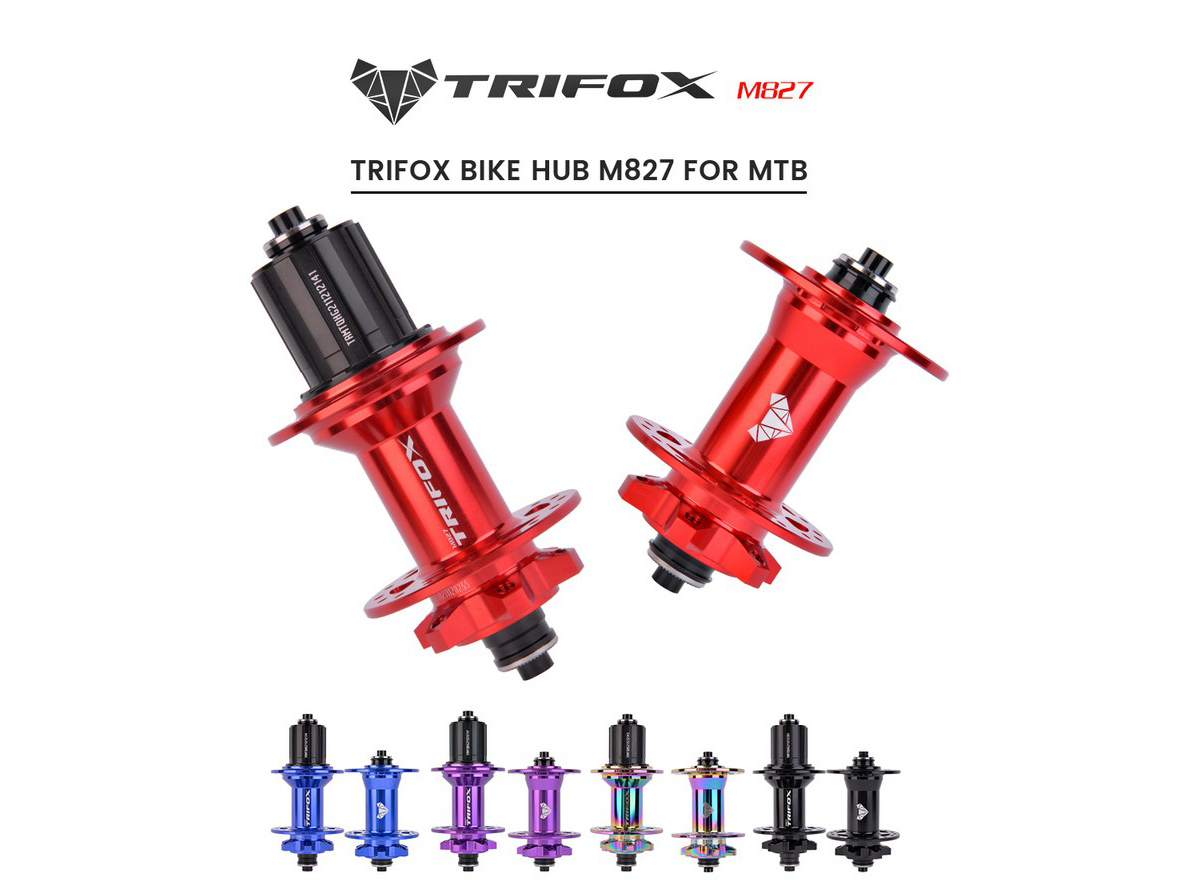
Enhancing your bike's performance can often be as simple as upgrading to straight spokes hubs, a choice that significantly impacts your cycling experience. Trifox's range of bicycle hubs offers the perfect blend of durability and performance, ideal for those looking to replace or upgrade their current setup.
Straight spokes hubs are a popular choice among cyclists for several reasons. Firstly, they provide improved wheel strength. Unlike traditional J-bend spokes, straight spokes experience less stress and are less likely to break under pressure, ensuring more resilience and a longer lifespan for your wheels. This design enhances the overall robustness of the wheel, making it suitable for both road and off-road cycling.
Another advantage is the improved aerodynamics offered by straight spokes hubs. With fewer protruding elements, these hubs reduce air resistance, allowing for smoother and faster rides. This is particularly beneficial for competitive cyclists aiming to shave seconds off their time.
Maintenance is also easier with straight spokes hubs. Their simple design reduces the need for frequent adjustments and repairs, allowing you more time on the road and less in the workshop.
Trifox's hubs, made from durable aluminum, are compatible with most standard bikes, making them a versatile choice for various cycling styles.
Choosing the right hub is crucial for maximizing performance. Consider factors such as the type of cycling you engage in and the compatibility of the hub with your bike.
By selecting the appropriate hub, you can ensure a seamless fit and optimal performance tailored to your specific needs.
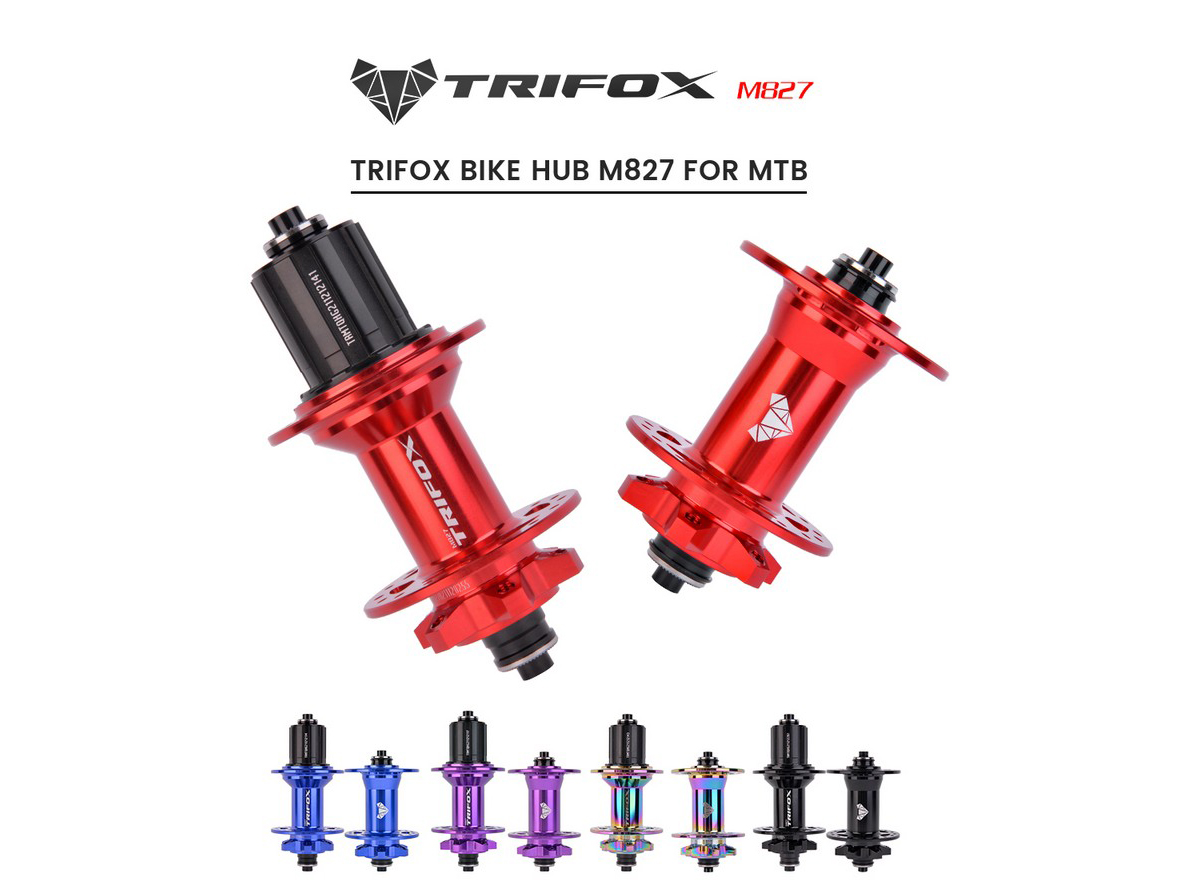
Overall, upgrading to straight spokes hubs is a smart investment in your cycling experience, offering enhanced strength, better aerodynamics, and reduced maintenance, all contributing to a more enjoyable and efficient ride.
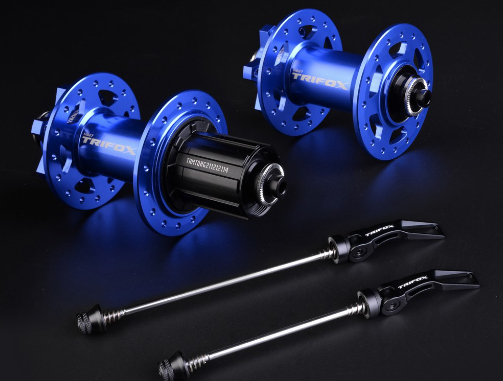
When it comes to mountain biking, the quality of your bike hub can make all the difference. The Trifox Bike Hub M827, with its 6 paw design and 72 clicks, ensures a smooth and responsive ride. Here’s a step-by-step guide on how to install and maintain this high-quality hub for optimal performance.
Installation
1. Gather Your Tools: You’ll need a few basic tools such as a wrench set, grease, and a bike stand to secure your bike during installation.
2. Remove the Old Hub: If you’re replacing an existing hub, start by removing the wheel from your bike. Use your wrench to loosen the nuts or quick-release skewer. Carefully remove the old hub.
3. Prepare the New Hub: The Trifox M827 comes equipped with front and rear hubs. Make sure you have both ready along with the provided quick-release skewers.
4. Install the Front Hub: Insert the front hub into the wheel, ensuring it fits snugly. Tighten the bolts or skewer to secure it in place.
5. Install the Rear Hub: Repeat the process with the rear hub. Align it properly to ensure smooth rotation. Make sure the hub is compatible with your drivetrain, whether it’s Shimano or SRAM.
6. Reattach the Wheel: Once both hubs are in place, reattach the wheels to your bike. Tighten all bolts and check for any play or wobble.
Maintenance
1. Regular Cleaning: Dirt and debris can affect the hub’s performance. Use a soft brush and mild detergent to clean the hub regularly.
2. Lubrication: To keep the 6 paw mechanism and bearings functioning smoothly, apply high-quality bike grease. This reduces friction and prevents wear.
3. Inspection: Periodically inspect the hub for any signs of wear or damage. Pay attention to the bearings and paw mechanism.
4. Adjustment: Over time, the hub may need slight adjustments. Use the provided tools to fine-tune the tightness, ensuring optimal performance.
Benefits
Using a high-quality hub like the Trifox M827 enhances your mountain biking experience. The 6 paw design offers quick engagement and the 72 clicks ensure precise control. Its compatibility with both Shimano and SRAM systems adds versatility. Moreover, the durable AL6061 + 7075 material guarantees longevity, allowing you to tackle rough terrains with confidence.
By installing and maintaining the Trifox Bike Hub M827, you’ll enjoy smoother rides, improved responsiveness, and a reliable performance that stands the test of time. Embrace the adventure with a hub that’s built for the thrill.
